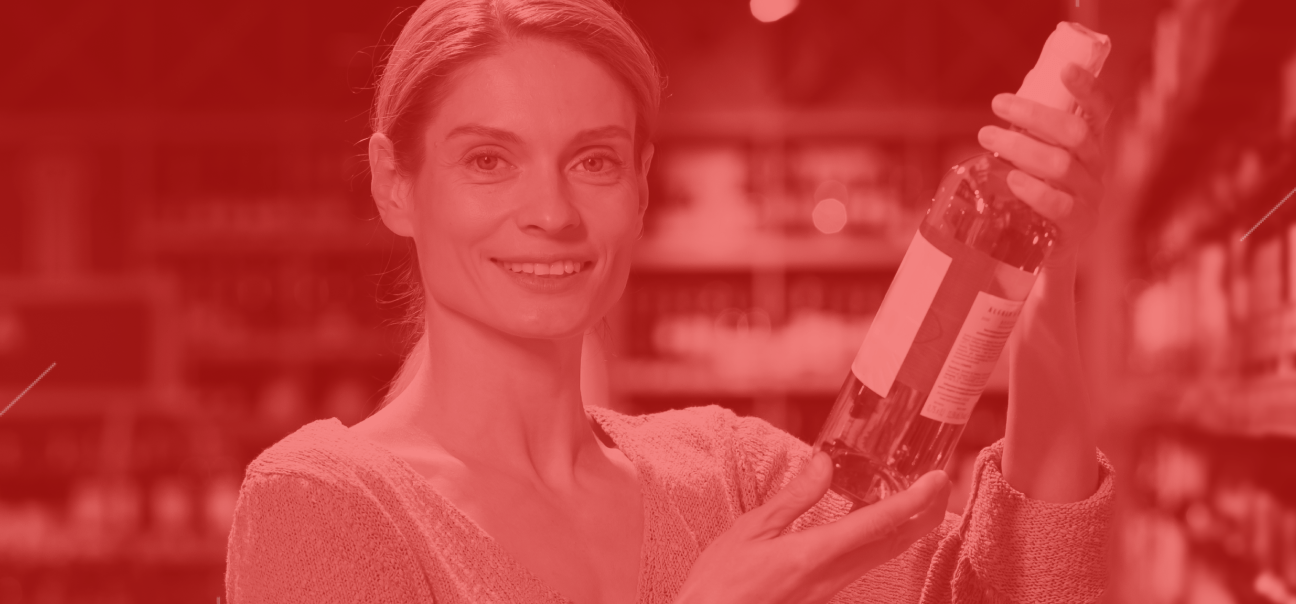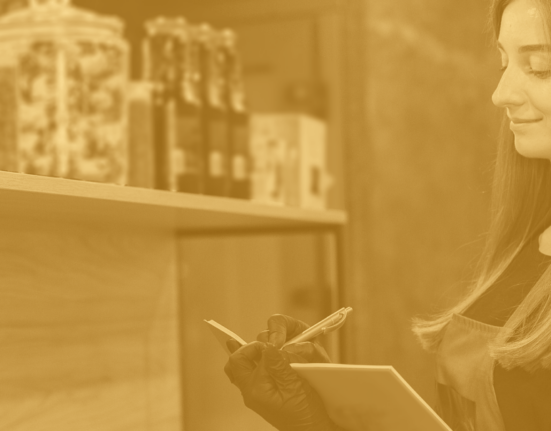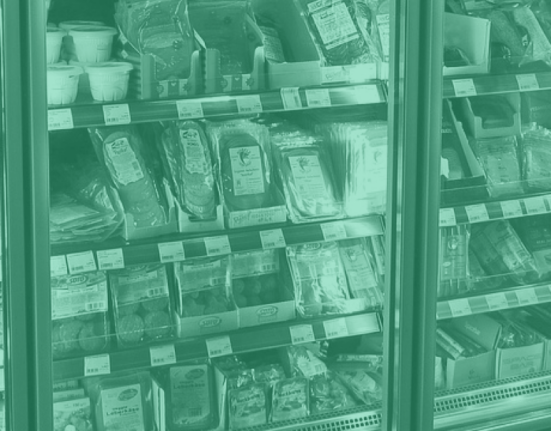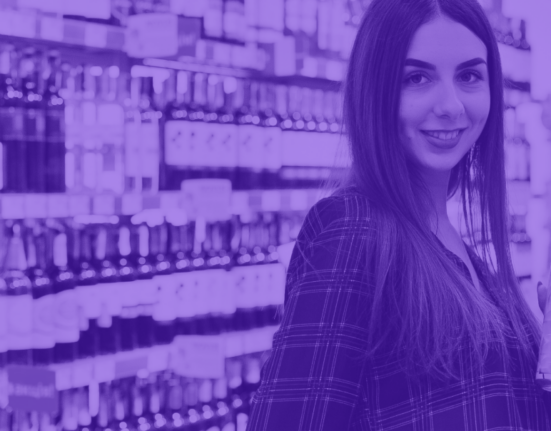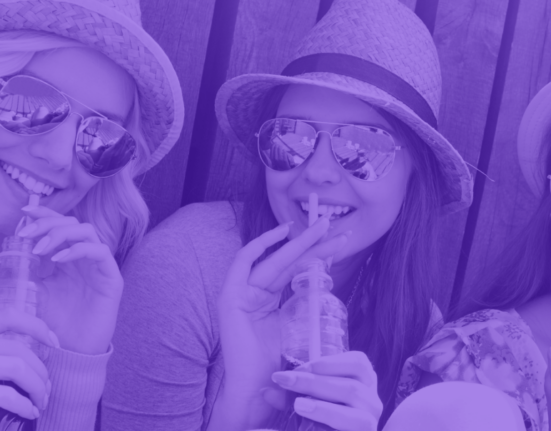Editor’s Note: This blog was originally published by Snooper App. Snooper App was acquired by Wiser Solutions in 2022 and this blog has been revised and repurposed for a global audience. A version of this blog is also published in National Liquor News.
It’s probably safe to say that no and low (‘nolo’) alcohol products, while perhaps leaving infancy and moving into toddlerhood, are unlikely to be a fad or flash in the pan given the overarching consumer trends they tap into.
As with any new product category or segment, its in-store execution likewise goes through growing pains. Wiser Solutions’ mystery shoppers recently had a look at how nolo beer is being executed in-store and found a number of opportunities for improvement, which we’ll discuss in this article. But first, some context.
The Nolo Beer Market
According to Drinkwise, in 2017, 1 in 5 adult Australians was avoiding alcohol and this was up from 11 percent compared to seven years prior. This has likely increased further since, given the “mindful drinking” trend linked to increased health consciousness that has only been exacerbated by the COVID-19 pandemic, where an Illuminera study indicated that subsequent to initial overindulgence in both snacking products and alcohol earlier in the pandemic, consumers are looking to both reduce their consumption and switch to healthier alternatives. Accordingly, IRI data from April 2020 showed Heineken 0.0 and Carlton Zero to be among the top five beer brands in unit growth.
Further, alongside an industry push to moderation, consumer abstention events such as Dry July, FebFast, and OcSober have proliferated and represent good occasion-based marketing opportunities for no-alcohol beverages.
Within beer, in 2018, nolo beer in Australia sat at 0.02 percent share of beer, according to IRI data. By September 2019 no-alcohol beers were up 50 percent versus 2018. Meanwhile, BWS has seen no-alcohol beer sales increase 60 percent last summer and Carlton & United Breweries (CUB) has been quoted as predicting no-alcohol beer to account for 2 percent of total beer by 2025. Globally, no-alcohol beer is projected to have a 5 percent share of total beer by 2027. AB InBev has gone a step further, looking for low and no-alcohol beers to comprise 20 percent of their volume.
Industry Response: Product Proliferation
The ability of nolo beers to compete with non-alcoholic sodas and beverages such as kombucha has been driven by the introduction of new products, beginning with variants from the majors. For example, CUB’s Carlton Zero in 2018 was followed by Lion’s Heineken 0.0 and Peroni Libera in 2019.
Since then some of the craft brewers have got in on the act, both overseas (such as Mikkeller and Brewdog), and domestically (such as Modus’ Nort, Stockade, Mornington). It should be noted that Germany, meanwhile, has long been producing no-alcohol beers, by the likes of Weihenstephaner, Erdinger, Holsten, and Clausthaler. Now, we are also seeing the introduction of specialist no-alcohol beer brands, such as Nirvana, Upflow, and Sobah.
The size of the nolo category, across liquor segments, is such that there are now nolo specialist retailers such as the online pure-play company called Sans Drinks.
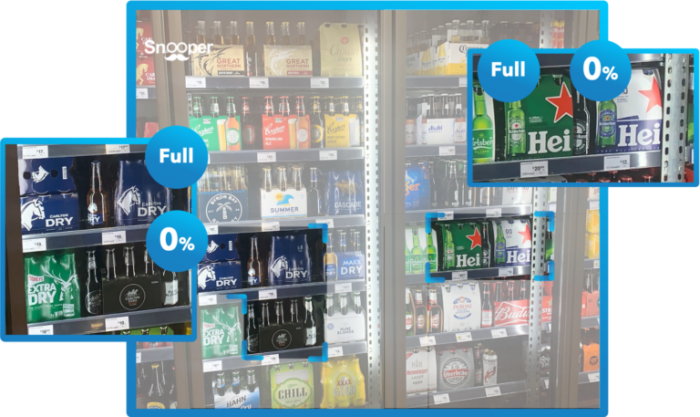
Execution: Where To Put Nolo Beer?
New category segments beg the question—where should it be located in-store? With nolo products, a few options are currently being trialed. In the UK, some stores are ranging no-alcohol products from all categories together in a dedicated bay, while in the Netherlands, category layout by ABV level is being trialed.
Here in Australia locations vary, reflecting the current lack of knowledge about how shoppers navigate the no-alcohol segment (e.g. searching for brand first versus ABV first). In a review of no-alcohol beer in-store execution in December 2020 across national and independent banners, our mystery shoppers identified that a common strategy was to block no-alcohol beer brands together but not necessarily next to mid-strength and full-strength products.
An ambient display of 13 no-alcohol beer brands was observed in some Dan Murphy’s stores. However, in some IGA and Liquorland stores, no-alcohol beer was located adjacent to full-strength, ostensibly to leverage brand recognition and navigation. Other independents were positioning no-alcohol beer next to mid-strength, which depending on pricing could also be a premiumization play. Some Bottlemart stores were taking a leaf out of the UK’s book, placing all no-alcohol categories together with non-alcoholic wines being adjacent to beer.





